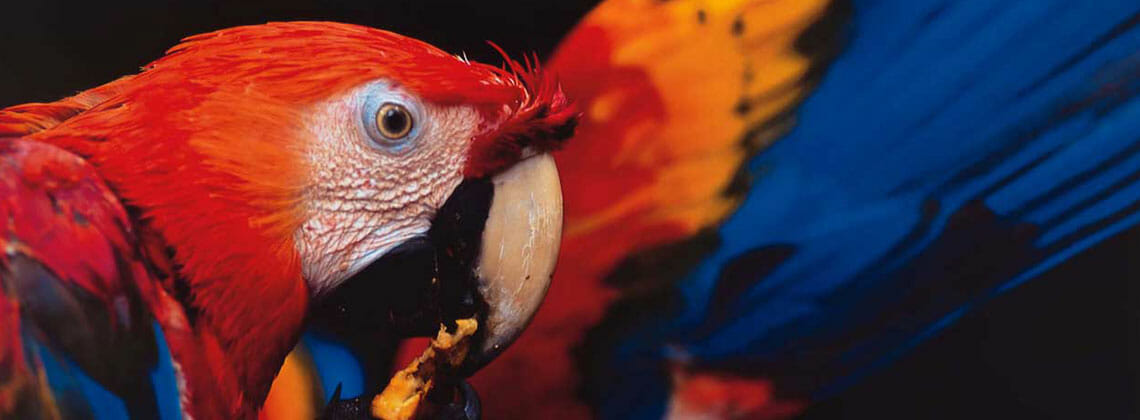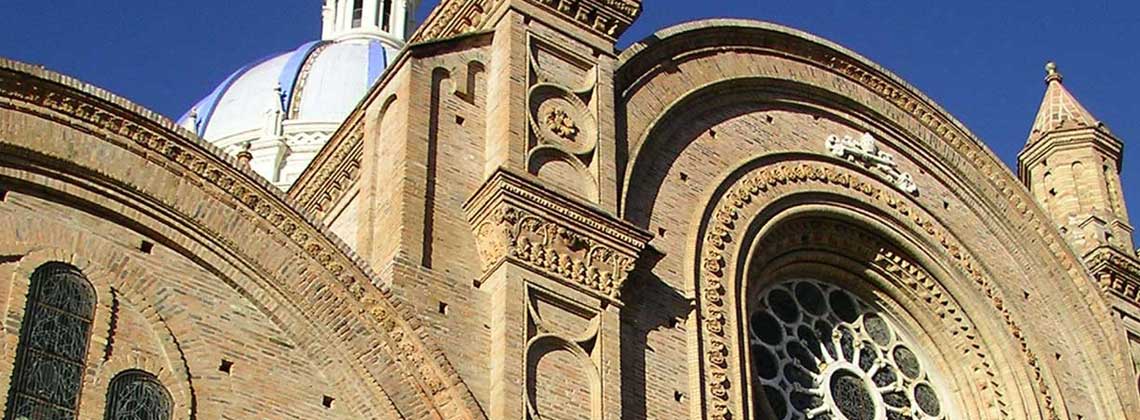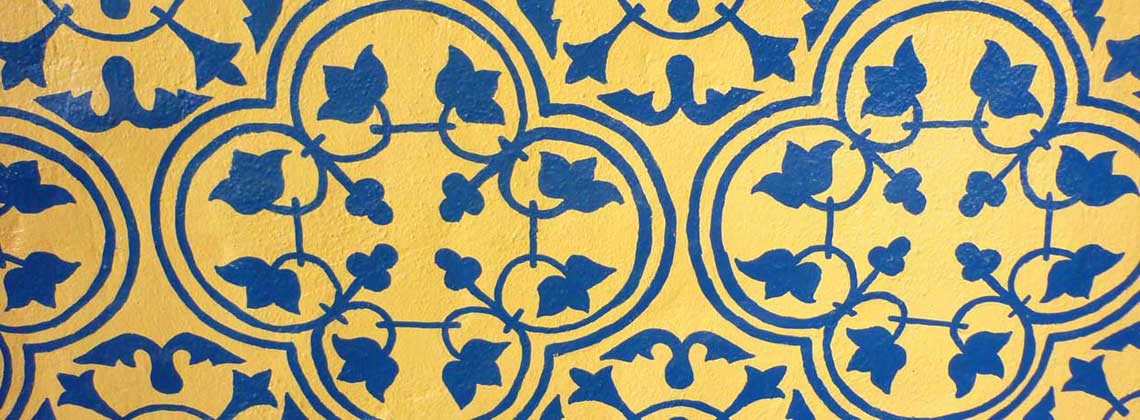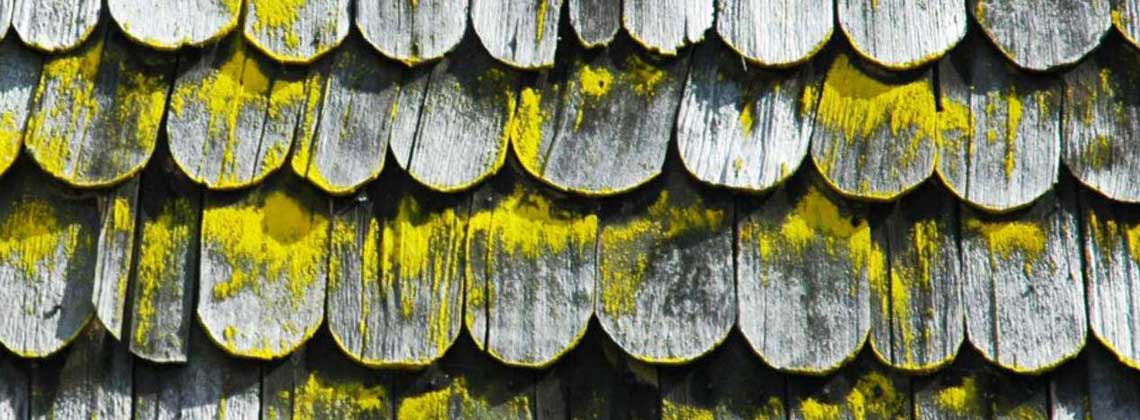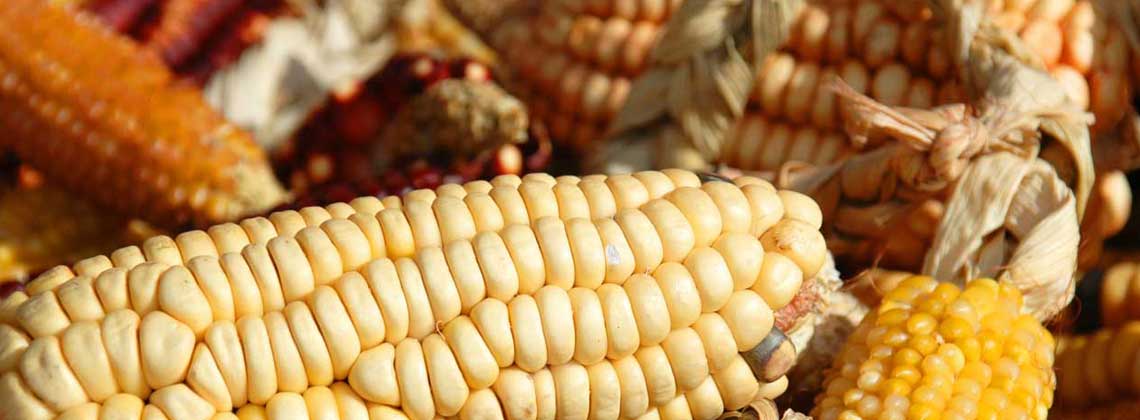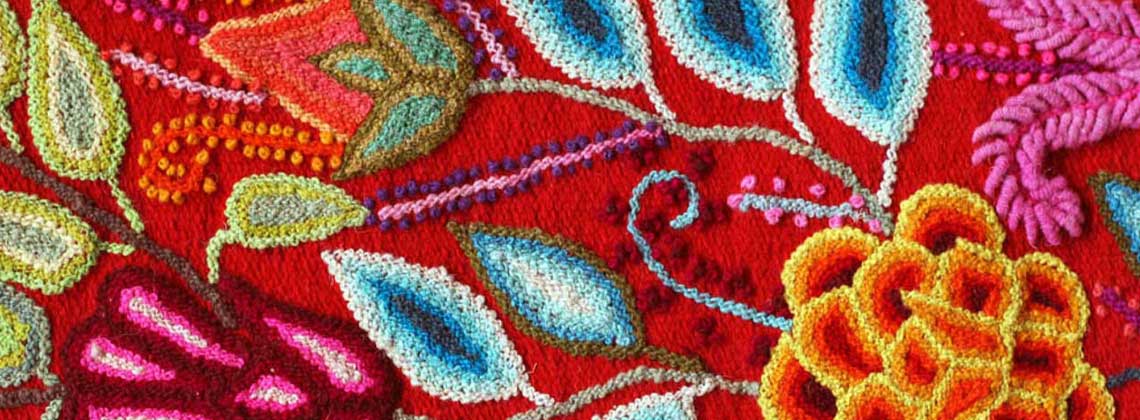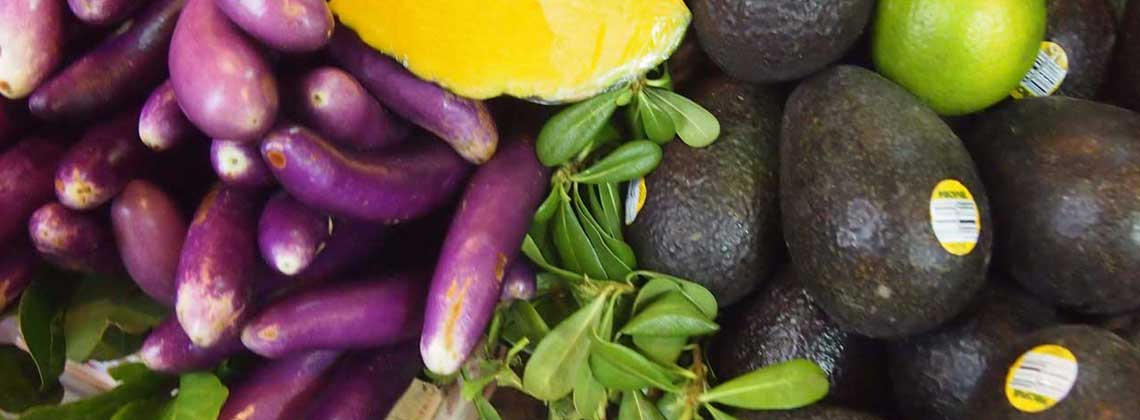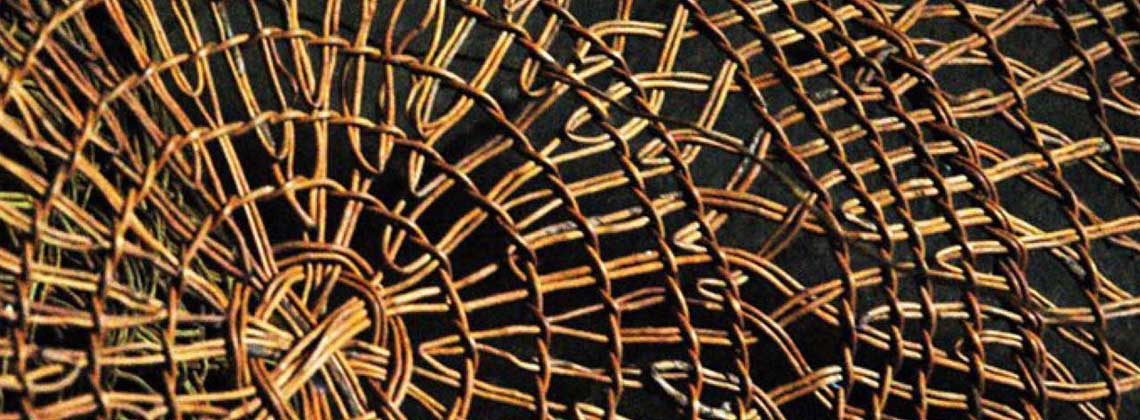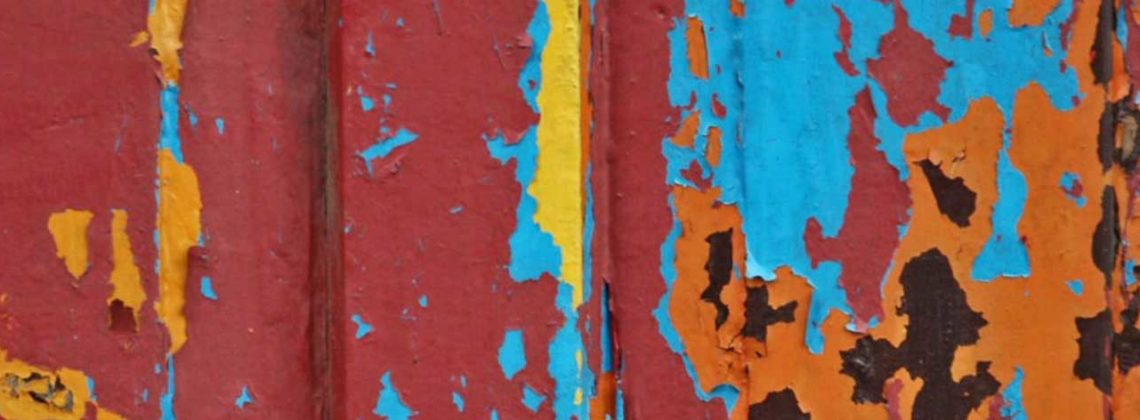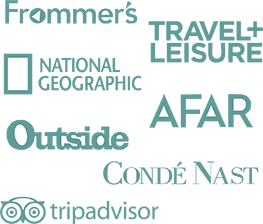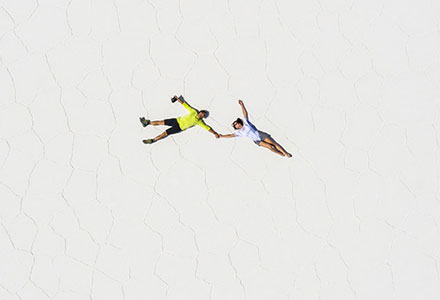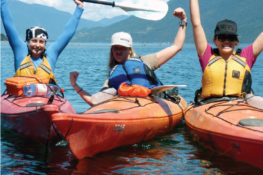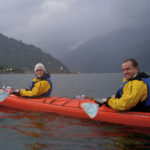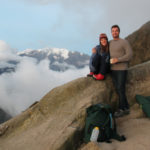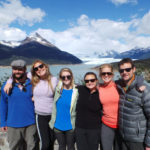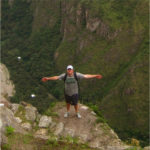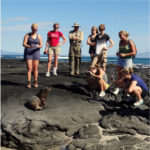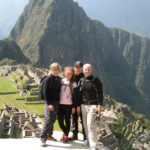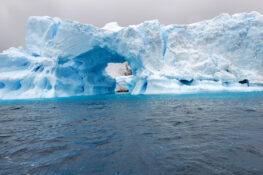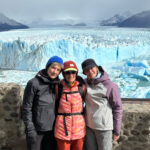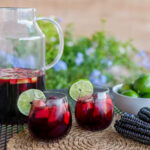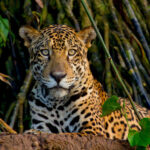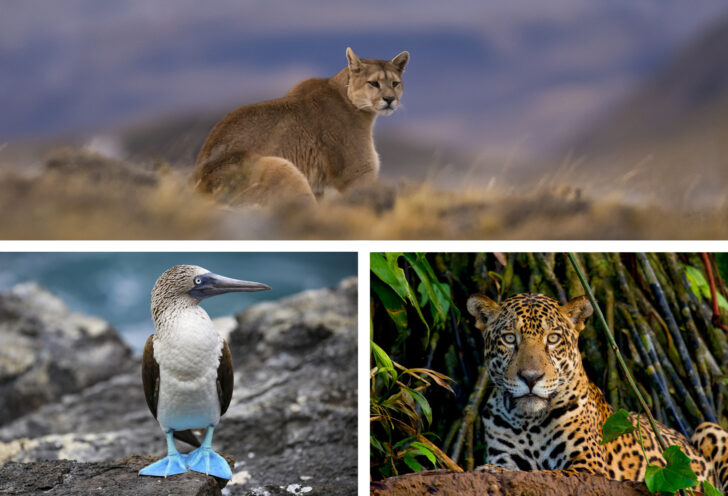
Few places compare to South America when it comes to wildlife photography. The continent is home to diverse wetlands, grasslands and islands full of animal activity. Three regions stand out for photographers looking for incredible wildlife encounters: Brazil’s Pantanal, Chile and Argentina’s Patagonia, and Ecuador’s Galápagos Islands.
INSPIRING Travelers THROUGH PHOTOGRAPHY
At Knowmad Adventures, we create custom South American journeys that connect travelers to the region’s incredible wildlife, landscapes, and cultures. Each year, we celebrate the photos our travelers capture along the way through the Knowmad Photo Contest, featuring images in seven categories: adventure, culture, landscape, cityscape, portrait, and flora and fauna. See last year’s winners and learn how to enter.
It’s no surprise so many travelers return home with incredible images. South America’s landscapes are filled with photographic opportunities, especially in the Pantanal, Patagonia and the Galápagos Islands.
Pantanal: Home to Jaguars and Birdlife in Brazil’s Wetlands
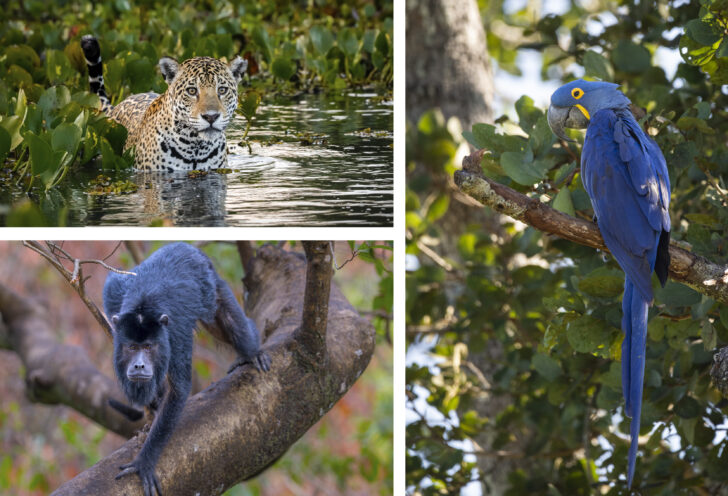
The Pantanal is the world’s largest tropical wetland and one of the best places in South America to photograph wildlife. The northern Pantanal region near Porto Jofre and Cuiabá River provides the best opportunities to spot jaguars because they regularly patrol the riverbanks to hunt caimans and capybaras. Because of that, boat-based photography is the best way to spot and photograph them.
The area is full of life beyond the jaguars. The waterways offer the chance to spot giant river otters, capybaras, tapirs, marsh deer, and howler monkeys. Early mornings are alive with the sounds of hyacinth macaws, jabiru storks, roseate spoonbills, herons, and toucans. Yacaré caimans are commonly seen resting along the shore or gliding through the water.
The Pantanal is vast, offering a variety of lodges, small-group safaris, and even river cruises that take travelers deeper into the wetlands. Most outings are by small boats that allow photographers to move quietly along the rivers and get close views of animals at water level. The area near Porto Jofre features floating hotels and eco-lodges designed for photographers, offering daily excursions with local guides who understand animal behavior, light, and river conditions.
Wildlife Photography Tips in the pantanal
- Best time to visit: April through October is generally the best time for wildlife photography. The dry season reaches its peak during June through September when river water levels decrease to their lowest points and jaguars become most visible in these areas.
- Best time of day: The best time to observe wildlife is early morning and late afternoon when animals are most active and the lighting is soft. The intense sunlight at noon creates challenging conditions but is still suitable for flying birds and caimans resting near the river.
- Camera settings: Shutter speed should be set between 1/1000 to 1/2000 of a second or faster for animals on the move and for diving birds like kingfishers. Use Continuous AF (AI Servo/AF-C) while taking photos from a moving boat.
- Gear: Use a telephoto lens with a focal length of 400mm or more for animal and bird photography. A polarizer helps block reflections that appear on the water’s surface. Protect your equipment from spray and humidity by carrying lens covers and rain sleeves.
- Guides: Skilled boat drivers and local naturalists make a huge difference. These guides use their deep understanding of river locations and position their boats for the best viewing spots while keeping disturbance of animals to a minimum.
- Trip Planning Considerations: Most wildlife viewing is done by a small boat, so plan for several days on the water for the best chances of photographing jaguars and other species. For a broader experience, you can also combine the northern and southern Pantanal. Lodges such as Caiman in the south offer jeep safaris and the chance to learn about local conservation efforts through the Onçafari Jaguar Research Project, which works to study and protect these incredible cats.
Patagonia: Pumas and Condors in Wild Landscapes
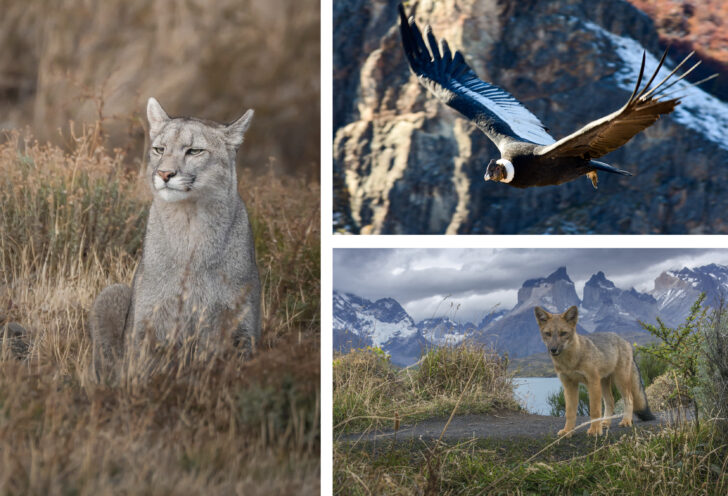
The region of Patagonia stands out for its dramatic natural scenery but its animal population is equally impressive. It’s also one of the top destinations for wildlife photography in South America. In Torres del Paine National Park in Chile, there are few places in the world where it’s easier to see and photograph wild pumas. These big cats move through the valleys alongside guanacos, their main source of prey.
The Andean condors use rising air currents to fly near cliffs while rheas (large flightless birds that are similar to ostriches), roam the open plains alongside Patagonian foxes and Chilean flamingos. Birders may also spot Magellanic woodpeckers and black-chested buzzard-eagles. Along the Valdés Peninsula, the coastline is especially active from June to December with Magellanic penguins, sea lions, elephant seals, dolphins, orcas, and southern right whales.
Puma Tracking in Patagonia
Torres del Paine has become one of the best places in the world to observe wild pumas thanks to local trackers who have spent years studying their behavior. Many of the best sightings occur on private ranchlands bordering the park, where access is limited to small guided groups.
Knowmad Adventures works with EcoCamp Patagonia and Awasi Patagonia lodges to provide guests with puma tracking. These experiences allow travelers to observe wildlife respectfully and safely while supporting local conservation and community-based initiatives.
Wildlife Photography Tips in patagonia
- Best time to visit: The spring months from September to November and autumn months from March to May are when wildlife is most active, the light is soft and the crowds are minimal. Pumas inhabit Patagonia throughout the entire year but tracking becomes more difficult during the summer months of December through February. The hot weather together with powerful gusts of wind during this period cause the animals to stay less active. The Magellanic penguin population is active from September to March when they nest in spring and care for their chicks during summer. Southern right whales gather off the Valdés Peninsula from June through December for their breeding and calving season.
- Best time of day: Dawn and dusk are prime for spotting and photographing pumas and guanacos. Condors are most active once thermals rise mid- to late morning.
- Camera settings: Select a wide aperture of f/4-f/5.6 to create a shallow depth of field and separate wildlife from their background. If you want to photograph the animals in their environment, use a smaller aperture of f/14-f/18 so more of the scene stays in focus. For birds in flight, set your shutter speed to 1/2000 of a second.
- Gear: Use a telephoto lens to photograph wildlife and a wide-angle lens to photograph Patagonia’s expansive landscapes. Weather-sealed equipment paired with microfiber cloths provide protection for your equipment against wind and dust.
- Guides: Experienced local trackers are invaluable. The guides share knowledge about puma habitats and natural behaviors which help your chances of wildlife encounters while maintaining animal safety and respect.
- Trip Planning Considerations: For puma tracking, stay inside or near Torres del Paine to avoid long drives before sunrise. EcoCamp Patagonia (located inside the park) and Awasi Patagonia (located just outside the park) offer wildlife programs and work with skilled trackers who know the animals’ territories and behaviors. The Knowmad team can help plan a custom trip that pairs these lodges with other top photography locations in Patagonia helping to design a trip that brings together wildlife, wild landscapes, and adventure.
Galápagos: Wildlife Encounters Up Close
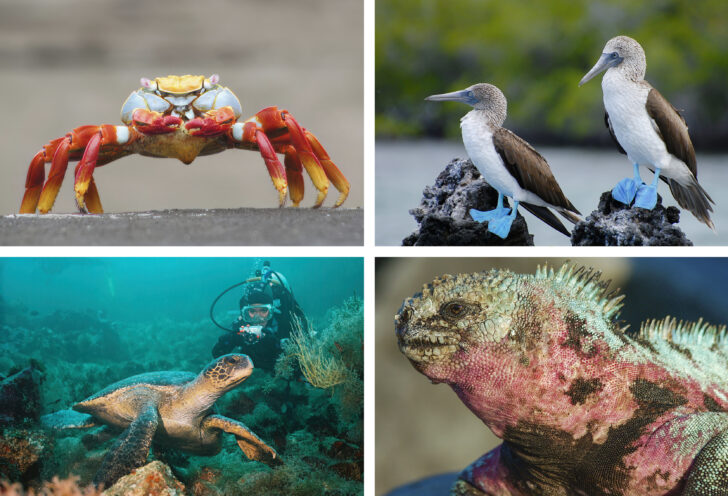
The Galápagos Islands are known for wildlife that shows little fear of people making them one of the most incredible places for wildlife photography in South America. Each island has its own unique landscape and native species creating unique experiences across the archipelago.
On North Seymour Island, you’ll find blue-footed boobies performing their courtship dance and frigatebirds inflating their bright red throat pouches. The island of Española Island is home to marine iguanas and waved albatrosses which can be seen seasonally as well as playful sea lions that frequently approach visitors. The highlands of Santa Cruz provide photographers with the opportunity to capture giant tortoises as they slowly navigate through their natural habitat of dense vegetation. The waters surrounding Isabela and Floreana Islands offer snorkelers the chance to see penguins, reef sharks and sea turtles while lava herons hunt for prey in the tidal pools along the coastline.
Other highlights include Nazca and red-footed boobies, lava lizards, flightless cormorants, Darwin’s finches, and the bright Sally Lightfoot crabs that stand out against dark volcanic rock.
The Galápagos Islands provide photographers with an ideal environment because of its outstanding lighting quality and wide variety of photographic subjects. Early mornings bring calm conditions and soft light that highlights birds and sea lions along the shore. Midday light makes the black lava rock and turquoise water glow with contrast.
Wildlife Photography Tips in the Galápagos
- Best time to visit: The Galápagos is a year-round destination, but wildlife activity changes with the seasons. The warm season (December through May) has calmer seas and lush vegetation, making this a great time for wildlife activity. This is when seabirds mate, and marine iguanas and sea turtles lay their eggs. The cool season (June through November) has cooler, nutrient-rich waters that attract marine life like penguins, sea lions, and dolphins, while seabirds feed their chicks.
- Best time of day: Early mornings for active sea lions and seabirds; late afternoon for golden light on iguanas and tortoises.
- Camera Settings: A good starting point is 1/1000 of a second at f/5.6 in manual mode with Auto ISO to handle shifting light. Adjust exposure compensation as needed for bright beaches or reflective water.
- Gear: A mid-range zoom (24-105mm) works well for most animal encounters. Wide-angle lenses are great for capturing sea lions and iguanas in their environment. A polarizing filter helps reduce glare on rocks and water, and deepens the color in the sky, but use it carefully because it can make the sky appear too dark or even purple under bright conditions. For underwater photography, use an underwater housing or waterproof camera and set shutter speeds around 1/250 of a second to freeze swimming animals.
- Trip Planning Considerations: Wildlife activity varies slightly depending on the islands and time of year, so choosing the right itinerary makes a big difference. Small ship cruises and land-based tours offer excellent access to wildlife. Knowmad Adventures can help match your travel style with the right itinerary and naturalist guides so you visit the islands that offer the best photographic opportunities for that season. Most travelers reach the Galápagos by flying from Quito, Ecuador to either Baltra Island (GPS) or San Cristóbal Island (SCY), the two main entry points to the archipelago. It’s worth spending a day or two in Quito before your flight since the nearby cloud forests are a paradise for bird photographers, with opportunities to photograph hummingbirds, tanagers, flycatchers, and other tropical species.
Other Wildlife Photography Hotspots in South America
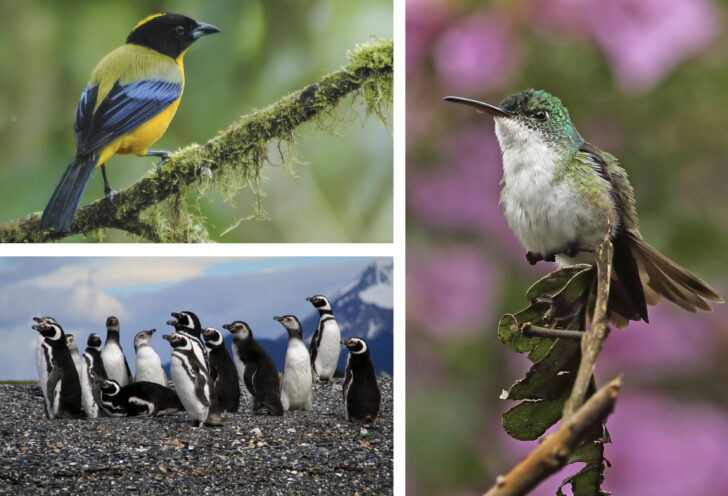
The Pantanal, Patagonia and Galápagos Islands stand as the most famous destinations for wildlife photography in South America, but other areas provide equally impressive opportunities:
- Amazon Basin (Peru, Brazil, Ecuador): Macaws, pink river dolphins, monkeys, and giant river otters.
- Ecuador’s Cloud Forests (Mindo): Dozens of hummingbird species and brilliantly colored tanagers.
- Falkland Islands: Colonies of king, gentoo, and rockhopper penguins, plus black-browed albatross.
Additional Photo Tips and Techniques
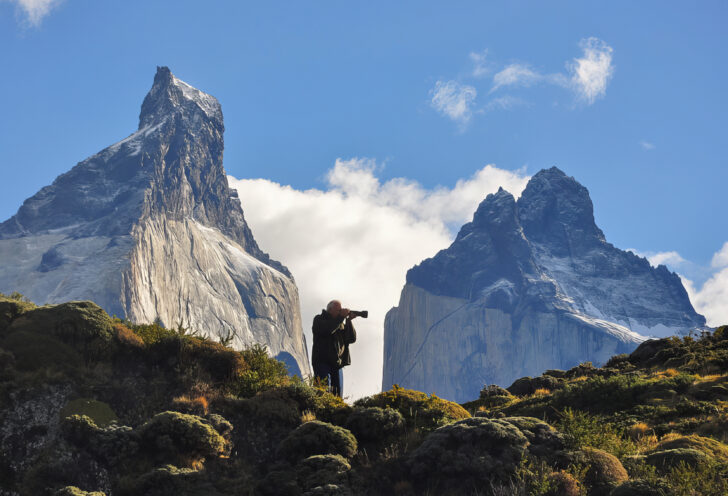
There are many ways to set up your camera for wildlife photography. Whether you prefer aperture priority or shutter-speed priority, my go-to approach for wildlife photography is shooting in manual mode with Auto ISO (Note: I do not use this set-up for landscape photography). This gives full control over how the image looks while the camera automatically adjusts ISO as light changes. Since ISO doesn’t affect the creative side of an image the way shutter speed and aperture do, this setup keeps things flexible, and you can still adjust exposure compensation in this mode. Also, it’s just one less thing to worry about when the light is changing fast.
Knowing how to adapt your settings to the environment makes a big difference. In the Pantanal, light often bounces off the water and subjects move fast, so steady hands and fast shutter speeds help. In Patagonia, dramatic skies and changing weather test your exposure control, while in the Galápagos, calm mornings and bright midday sun make timing everything. Each destination brings its own challenges, so practice adjusting quickly and keep an eye on the camera’s histogram to protect highlights and detail.
Back-button focusing is another helpful tool. One of the first things I do when setting up a new camera is change the format to RAW. The second thing is assigning the AF-ON button for back-button focusing. Back-button focus separates focusing from the shutter button, giving you more control over when and where the camera locks focus. It’s useful for tracking moving animals. Examples would be photographing jaguars in the pantanal from a moving boat. Use continuous autofocus to track the animal, then release the back button to lock focus when it pauses. In Patagonia, back button focusing comes in handy when pumas move through tall grass or behind bushes helping you keep focus on the animal instead of the vegetation in front of it. Back button focusing took some getting used to, but has been a game-changer for me in wildlife photography.
Use burst mode (10–20 frames per second) to capture sequences like wingbeats, splashes, or animals on the move. If your camera has it, turn on animal or bird detection.
When composing your shot, remember to include natural elements such as jaguars framed by greenery, pumas with mountain ranges as the backdrop, condors soaring above glaciers, or iguanas resting on lava rocks. Look for the catchlight, a small reflection of light in the eye to bring life to your subject.
Patience matters most. The best photos often come after you have waited quietly and let the wildlife relax and return to their natural behavior.
Your Wildlife Adventure Awaits
The Pantanal, Patagonia, and the Galápagos, are what make wildlife photography in South America so rewarding. Each has its own story, with wildlife encounters that stay with you long after the trip ends.
Contact Knowmad Adventures today to start planning your South America adventure.
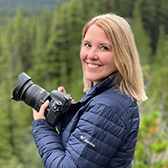 Jenny is a Marketing Specialist with Knowmad Adventures, a South American travel company that designs active, authentic, and sustainable journeys for independent travelers. She has more than 20 years of experience photographing wildlife and wild places and has led numerous photography tours, helping travelers understand wildlife behavior while teaching them techniques to improve their skills in the field. Read Jenny’s biography and learn more about the Knowmad team.
Jenny is a Marketing Specialist with Knowmad Adventures, a South American travel company that designs active, authentic, and sustainable journeys for independent travelers. She has more than 20 years of experience photographing wildlife and wild places and has led numerous photography tours, helping travelers understand wildlife behavior while teaching them techniques to improve their skills in the field. Read Jenny’s biography and learn more about the Knowmad team.

